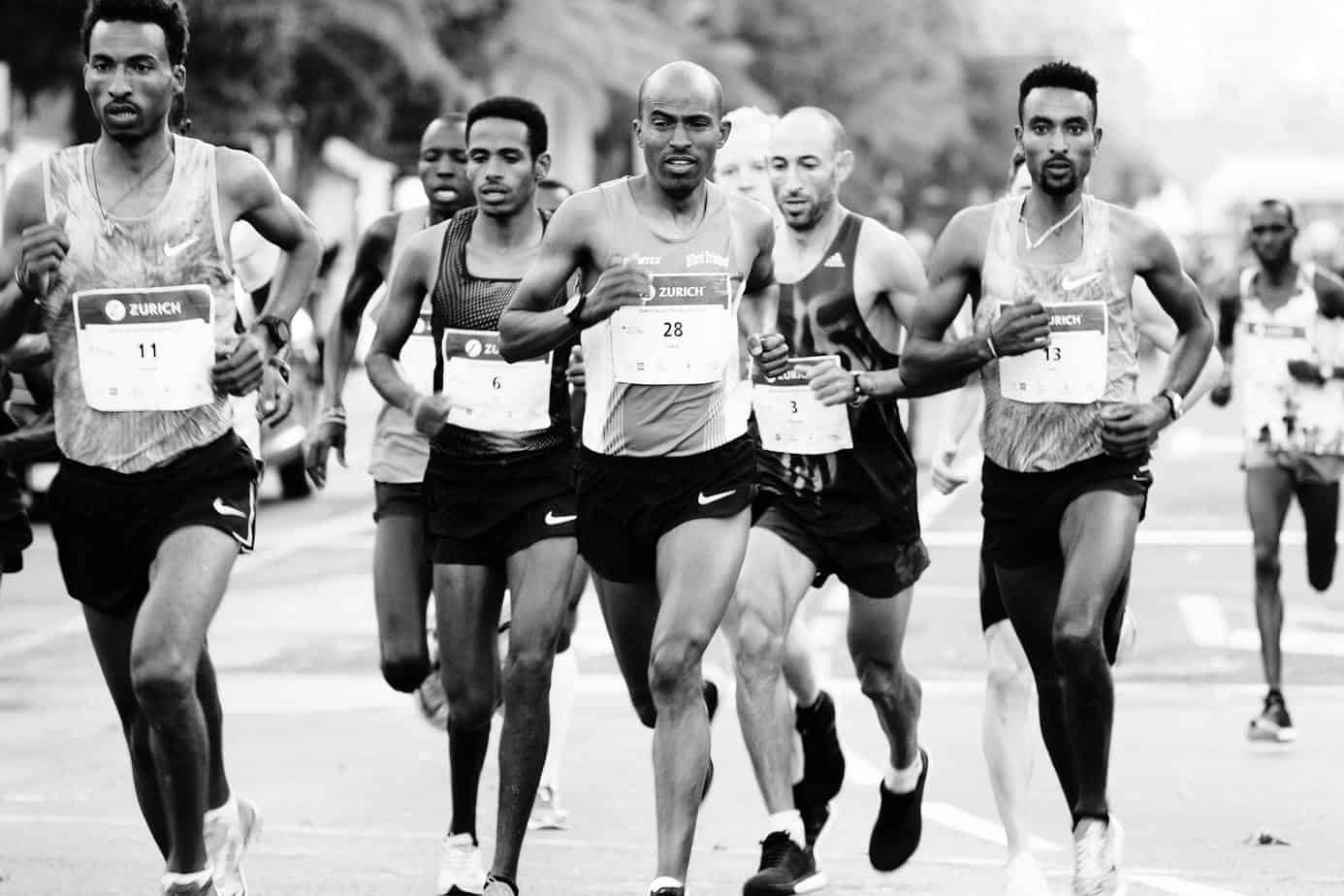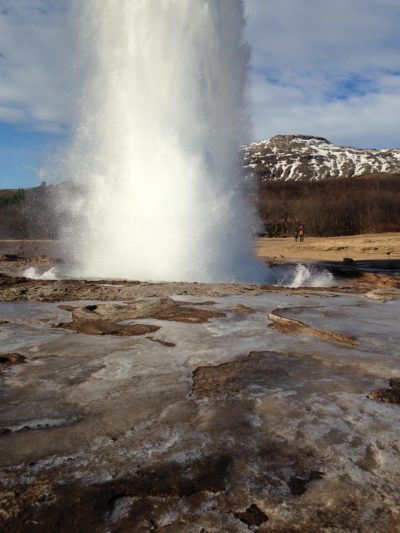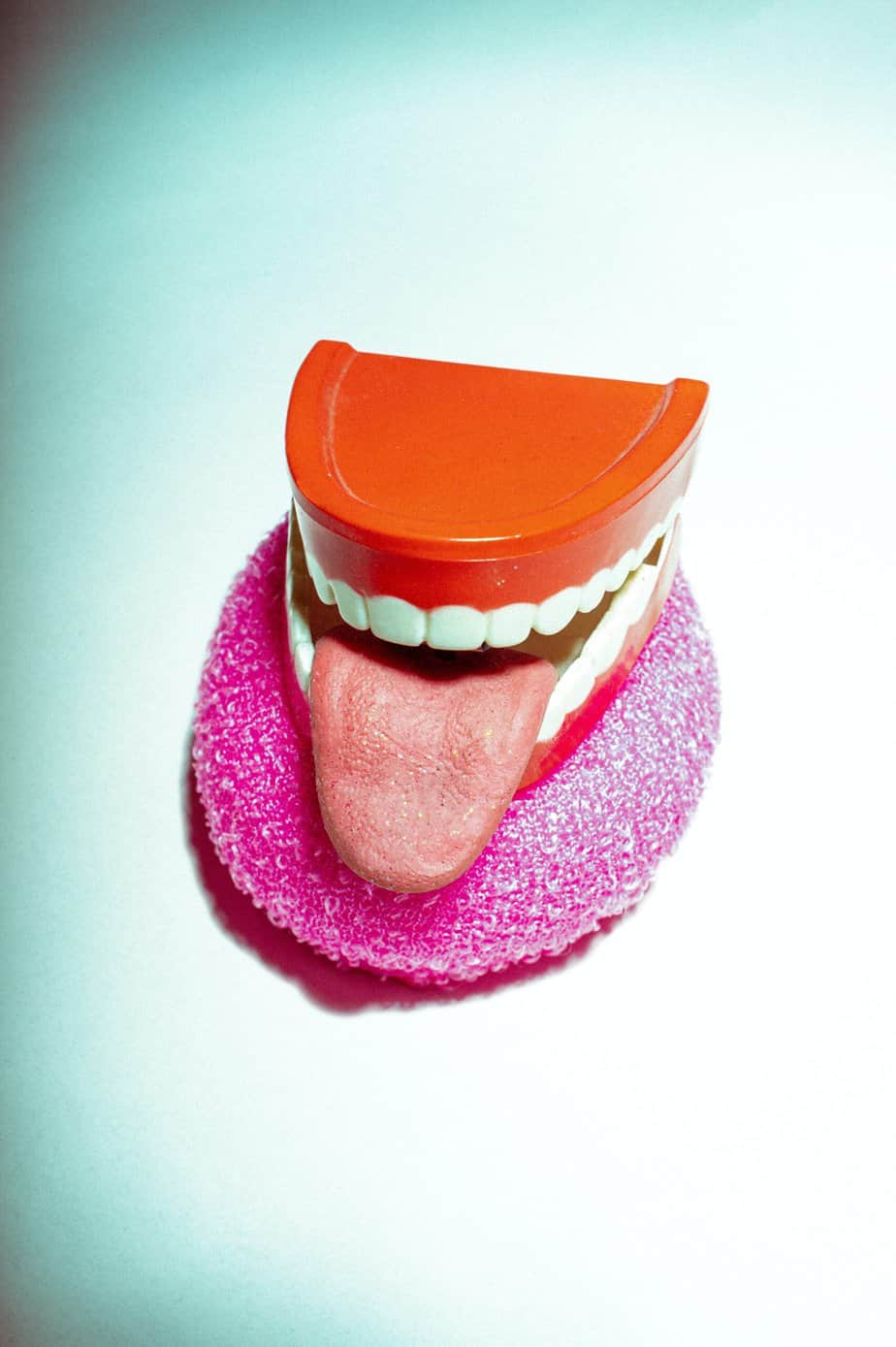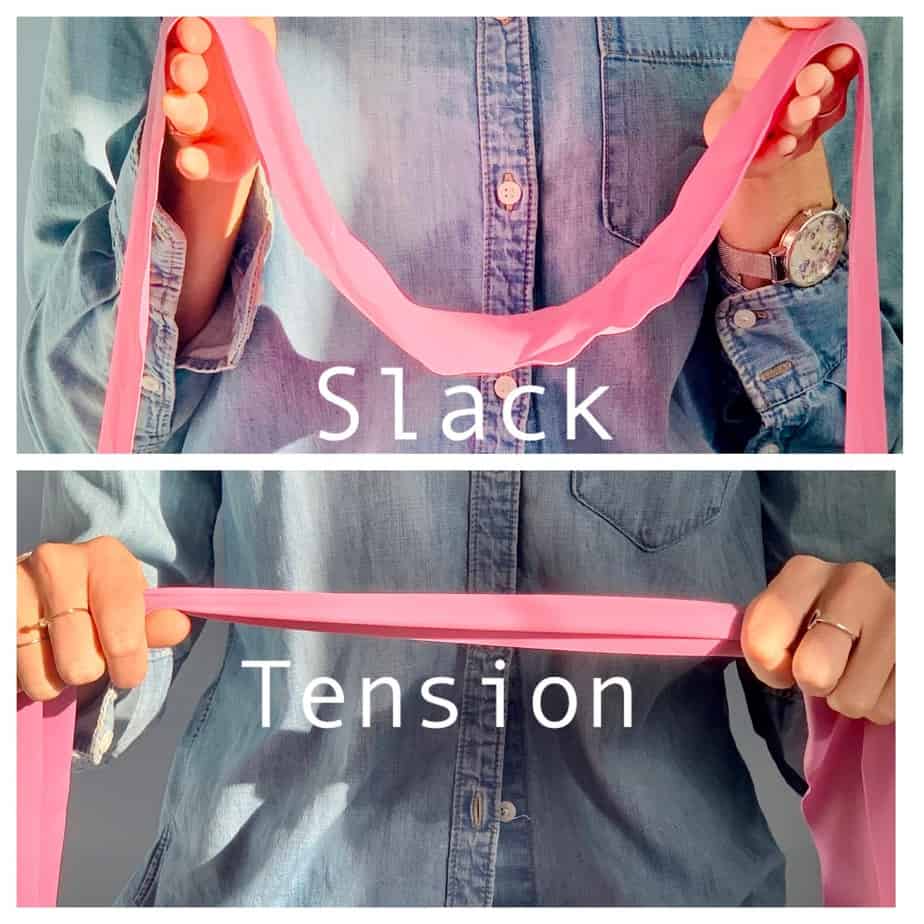Sportsman Hernia

Groin injuries are very common amongst athletes, especially in sports that involve rapid movements: cutting and twisting such as football, soccer, hockey or rugby. The chief complaint is pain in the inguinal area during athletic activities and afterwards.
The term sportsman hernia or pubalgia refers to pain in the inguinal area during athletic activities and afterwards. This is a difficult problem to diagnose because the inguinal region is anatomically very complex. There are numerous structures (myofascial, nerve, and visceral) that could potentially cause pain. Inguinal pain also fits into the more general term “groin pain”, making the diagnosis and treatment even more confusing.
What Classifies as Groin Pain?
In an attempt to clarify the possible reasons for “groin pain”, the first world conference on groin pain in athletes, held at Doha in 2014, gathered Worldwide experts. They defined a set of clinical entities to categorize groin pain and guide differential diagnosis:
- Muscle strain or avulsion: adductor, iliopsoas, rectus abdominis
- Hip – related pain: FAI, intra-articular injuries, or degenerative.
- Pubis – related pain: osteitis
- Inguinal – canal related pain in the absence of true hernia.
In addition, other co-existing pathologies should be investigated as possible sources of pain. This includes other orthopedic pain sources like low back, stress fractures, and nerve entrapments, as well as pelvic pain including intestinal, genitourinary and gynecological pathologies.
What is Sportsman Hernia?
In this context, the term sportsman hernia refers to the inguinal-canal related pain that is not caused by a true hernia. The clinical presentation will commonly include an acute onset of pain, exacerbation with athletic activity, and sometimes pain with coughing or sneezing. The pain may worsen overtime and may impair the athlete from training altogether. According to the Manchester diagnosis criteria, 3 out of 5 symptoms must be present:
- pain near the pubis
- tenderness over the deep or superficial inguinal rings
- tenderness in the origin of the adductor longus tendon
- diffuse pain and radiation to the perineum
The explanation of the problem is understood to be caused by a widening or weakness of the inguinal ring that causes pressure on the genitofemoral nerve. This may result from a single traumatic event that may cause a tear of an abdominal muscle fascia. It may also be due to overuse. Increased shear forces over time in the inguinal area result from mechanical imbalances, poor core and pelvic floor muscle strength, and poor hip range of motion.
Treatment
Frequently, a patient with this type of pain will be seen by several physicians, specializing in hernias, pelvic pain, urology or ob/gyn. He or she will eventually be referred to pelvic physical therapy if no evident cause of pain is found on MRI or pelvic ultrasound. As pelvic physical therapists we evaluate each patient to determine which category of groin pain the patient falls into. This allows for effective treatment strategies to be chosen to target the appropriate structures. Treatment may include myofascial release techniques, neuromuscular re-education of the pelvic floor and the core muscles to prevent increased strain and pressure load in the inguinal region.
Written by: Irene Hernandez, PT, DPT
Edited by: Keely Faridi, PT
References
Dimitrakopoulou A, Schilders E. Sportsman’s hernia? An ambiguous term. Journal of hip preservation surgery. https://www.ncbi.nlm.nih.gov/pmc/articles/PMC4808262/#!po=32.1429. Published February 24, 2016. Accessed February 13, 2020.







